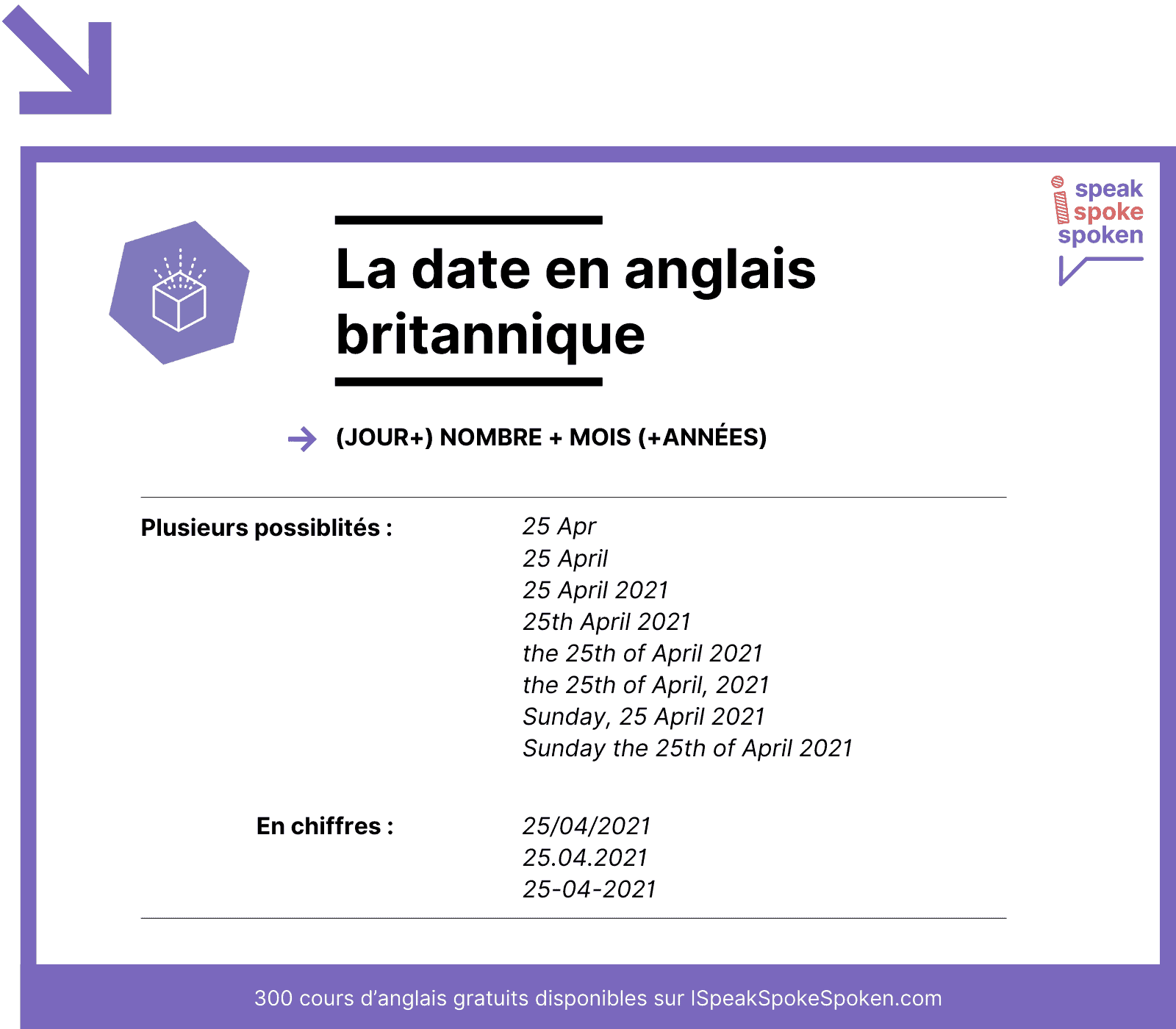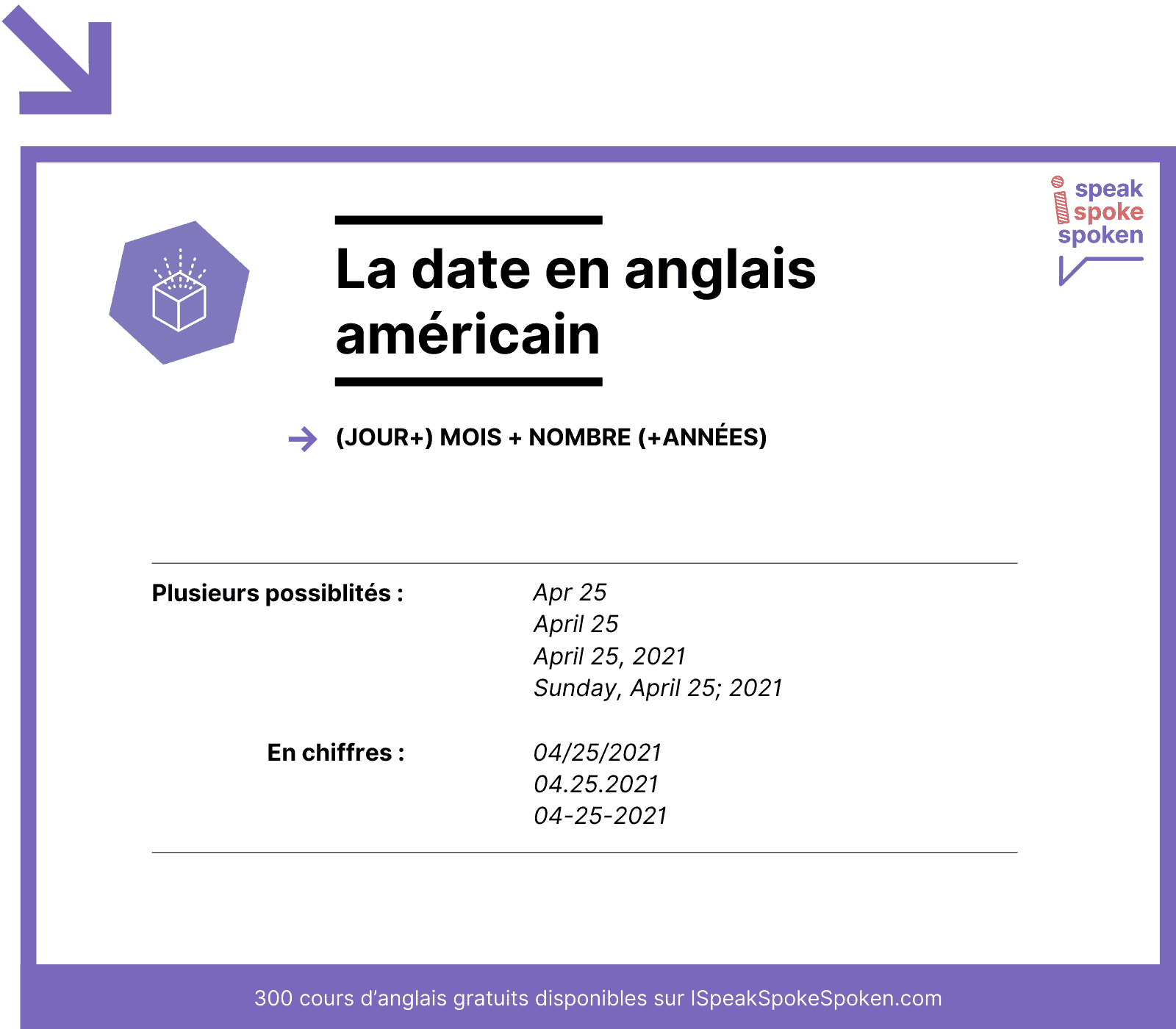Dire ou écrire la date en anglais présente plusieurs difficultés pour les francophones, car les formats sont différents.
En anglais américain, l’ordre des éléments est inversé : mois, jour, année. Tandis qu’en anglais britannique, c’est la même logique qu’en français : jour, mois, année.
Donc, en plus de mémoriser du nouveau vocabulaire comme les jours, les mois et les nombres ordinaux pour vous repérer dans le calendrier, vous devez aussi apprendre différentes structures de dates, en fonction que vous étudiez l’anglais des États-Unis ou du Royaume-Uni.
Dans ce cours d’anglais, vous allez découvrir tout ce dont vous avez besoin former les dates en anglais. Sans faire d’erreurs, au format britannique et américain, à l’écrit et à l’oral (fichiers audio en exemple).
Sans oublier un exercice final pour valider vos connaissances.
Let’s go!
Les jours, les mois et les années
Comme pour le français, indiquer les dates anglaises implique de maîtriser 4 éléments :
- Les jours (Monday, Tuesday…)
- Les nombres (1, 15, 31…)
- Les mois (January, February…)
- Les années (46 BC, 1945…).
Les jours de la semaine et les abréviations
Pour indiquer la date en anglais, vous devez d’abord connaître les jours. Sur certains documents tels que des relevés ou des tickets, il est commun que la date soit abrégée.
| Français | Anglais | Abréviation |
|---|---|---|
| Lundi | Monday | Mon. |
| Mardi | Tuesday | Tu. / Tue. / Tues. |
| Mercredi | Wednesday | Wed. |
| Jeudi | Thursday | Th. / Thu. / Thur. / Thurs. |
| Vendredi | Friday | Fri. |
| Samedi | Saturday | Sat. |
| Dimanche | Sunday | Sun. |


Télécharger la fiche-mémo en PDF.
Dire et écrire la date en anglais.
Les nombres ordinaux en anglais jusqu’à 31
Les nombres ordinaux (par opposition à “cardinaux”) servent à classer des éléments. Ce sont eux que l’on emploie pour donner le jour en anglais.
Voici les nombres ordinaux jusqu’à 31 en anglais :
| 1 à 10 | 11 à 20 | 21 à 31 |
|---|---|---|
| 1st = the first | 11th = the eleventh | 21st = the twenty-first |
| 2nd = the second | 12th = the twelfth | 22nd = the twenty-second |
| 3rd = the third | 13th = the thirteenth | 23rd = the twenty-third |
| 4th = the fourth | 14th = the fourteenth | 24th = the twenty-fourth |
| 5th = the fifth | 15th = the fifteenth | 25th = the twenty-fifth |
| 6th = the sixth | 16th = the sixteenth | 26th = the twenty-sixth |
| 7th = the seventh | 17th = the seventeenth | 27th = the twenty-seventh |
| 8th = the eighth | 18th = the eighteenth | 28th = the twenty-eighth |
| 9th = the ninth | 19th = the nineteenth | 29th = the twenty-ninth |
| 10th = the tenth | 20th = the twentieth | 30th = the thirtieth |
| 31st = the thirty-first |
Vous noterez que d’une manière générale, il suffit de rajouter -th après le nombre cardinal pour en faire un nombre ordinal. Par exemple, 14 (fourteen) devient 14th (the fourteenth). Attention cependant à certaines modifications orthographiques !
Les jours 5 et 9 perdent un -e :
- 5 = five → the fifth
- 9 = nine -> the ninth
Pour les nombres en -y, celui-ci devient -ieth :
- 20 = twenty → twentieth
- 30 = thirty → thirtieth
Enfin, les jours 1, 2 et 3 sont irréguliers :
- 1 = one → the first
- 2 = two → the second
- 3 = three → the third
Attention : en anglais, les jours prennent toujours une majuscule !
Les mois de l’année
Pour dire la date en anglais, vous devez aussi connaitre les mois. Comme pour les jours de la semaine, il est commun que les mois soient abrégés, voici les 12 mots à retenir :
| Français | Anglais | Abréviation |
|---|---|---|
| Janvier | January | Jan |
| Février | February | Feb |
| Mars | March | Mar |
| Avril | April | Apr |
| Mai | May | May |
| Juin | June | Jun / June |
| Juillet | July | Jul / July |
| Août | August | Aug |
| Septembre | September | Sep / Sept |
| Octobre | October | Oct |
| Novembre | November | Nov |
| Décembre | December | Dec |
Attention : en anglais, les mois prennent eux aussi une majuscule !
Comment écrire une année en anglais ?
En anglais, la façon de noter une année est la même qu’en français : 1950 restera 1950. C’est dans la manière de décomposer ces années à l’oral que la langue de Shakespeare se distingue de celle de Molière :
- Pour exprimer une année jusqu’à 1999, on scinde le nombre en 2 :
- 1538 = 15 – 38 = fifteen thirty-eight
- 1758 = 17 – 58 = seventeen fifty-eight
- 1984 = 19 – 84 = nineteen eighty-four
- Pour les années en 00 (1500, 1700, 1800, 1900, etc.), on emploie le terme hundred pour les 2 derniers chiffres :
- 1700 = seventeen hundred
- 1800 = eighteen hundred
- Pour les 9 premières années de chaque siècle, il y a 2 possibilités :
- 1604 = sixteen hundred and four ou sixteen oh four
- 1901 = nineteen hundred and one ou nineteen oh one
- À partir de 2001, il y a à chaque fois 2 possibilités, voire même 3 si l’on compte la différence entre l’anglais britannique et l’anglais américain (expliquée plus tard sur cette page) :
- 2000 = two thousand (une seule possibilité)
- 2001 = two thousand and one (anglais britannique) ou two thousand one (anglais américain)ou twenty oh one
- 2014 = two thousand and fourteen (anglais britannique) ou two thousand fourteen (anglais américain) ou twenty fourteen
Comment dire “avant Jésus-Christ” en anglais ?
Il existe 2 manières de donner une date avant Jésus-Christ en anglais : BC (Before Christ) ou BCE (Before Common/Current/Christian Era).
Il existe également 2 manières de donner une date après Jésus-Christ : AD (Anno Domini) ou CE (Common/Current/Christian Era).
| Avant / Après Jésus-Christ | Anglais | Français |
|---|---|---|
| Avant Jésus-Christ | Vercingetorix died in 46 BC. | Vercingétorix est mort en 46 avant Jésus-Christ. |
| Après Jésus-Christ | Nero was born in Antium, south of Rome, in AD 37. | Néron est né à Antium, dans le sud de Rome, en 37 après Jésus-Christ. |
Attention : vous aurez noté qu’on place BC après la date, mais qu’on place AD avant la date !
Les différents formats de dates en anglais
La langue anglaise comprend 2 manières de donner les dates : le format britannique (UK), adopté principalement au Royaume-Uni, et le format américain (US), utilisé principalement aux États-Unis. Les différences concernent à la fois l’anglais oral et écrit.
Quel est le format des dates britannique ?
Pour écrire une date en anglais britannique, c’est le même ordre qu’en français : jour, mois, année. Par exemple : 25 April 2021.
Il existe de nombreuses façons d’écrire une seule et même date en anglais britannique, selon que l’on souhaite employer des abréviations ou non. Pour mieux comprendre, prenons l’exemple du 25 avril 2021 qui peut s’écrire :
- 25 Apr
- 25 April
- 25 April 2021
- 25th April 2021
- the 25th of April 2021
- the 25th of April, 2021
Si vous souhaitez ajouter le jour, il se place :
- soit au début séparé par une virgule : Sunday, 25 April 2021
- soit suivi de the et of : Sunday the 25th of April 2021
Pour écrire la date en chiffres, au format britannique, celle-ci suit le même ordre qu’à l’écrit : jour, mois, année. Les 3 formats suivants sont corrects :
- 25/04/2021
- 25.04.2021
- 25-04-2021

Comment dire la date en anglais britannique ?
Pour dire la date en anglais britannique, le modèle est toujours le même : the + nombre ordinal + of + mois + année. Par exemple : the 25th of April 2021.
| Date | Format britannique (UK) | Audio |
|---|---|---|
| 25 avril 2021 | The twenty-fifth of April twenty twenty-one / two thousand and twenty-one | |
| Dimanche 25 avril 2021 | Sunday, the twenty-fifth of April twenty twenty-one / two thousand and twenty-one | |
| 10 novembre 2018 | The tenth of November two thousand and eighteen / the tenth of November twenty eighteen | |
| 1 mai 1984 | The first of May nineteen eighty-four |
Quel est le format des dates américain ?
Pour écrire une date en anglais américain, l’ordre est différent du français : mois, jour, année. Par exemple, 2 janvier 2003 s’écrit : January 2, 2003.
En anglais américain, il existe 3 façons d’écrire la date :
- Apr 25
- April 25
- April 25, 2021
On peut ajouter le jour au début, suivi d’une virgule :
- Sunday, April 25, 2021
À noter : ajouter -th à l’écrit n’est pas courant en anglais américain, mais ce n’est pas incorrect pour autant.
Pour écrire la date en chiffres au format américain, on suit aussi la règle : mois, jour, année. Attention : cela peut prêter à confusion (au moins jusqu’au 12 du mois) :
- 04/25/2021
- 04.25.2021
- 04-25-2021
Donc, notez bien que les dates en anglais américain diffère de l’anglais britannique. Aux États-Unis, on indique le jour après le mois, tandis qu’au Royaume-Uni, on l’indique avant. Les deux cultures partagent néanmoins un point commun : d’un côté comme de l’autre de l’Atlantique, on peut écrire de plusieurs manières une seule et même date.

Comment dire une date en anglais américain ?
Pour exprimer la date à l’oral en anglais américain, la syntaxe est la suivante : mois + nombre ordinal + année. Par exemple : January, the second, 2021.
| Date | Format américain (US) | Audio |
|---|---|---|
| 25 avril 2021 | April, the twenty-fifth, two thousand twenty one / twenty twenty-one | |
| Dimanche 25 avril 2021 | Sunday, April the twenty-fifth, two thousand twenty one / twenty twenty-one | |
| 11 octobre 2018 | October, the eleventh, twenty eighteen / two thousand eighteen | |
| 5 janvier 1984 | January, the fifth, nineteen eighty-four |
À noter : à l’oral en anglais américain, on n’est pas obligé d’ajouter l’article the devant le nombre ordinal. Vous pourrez donc dire :
| Date | Format américain (US) | Audio |
|---|---|---|
| Dimanche 25 avril 2021 | Sunday, April twenty-fifth, twenty twenty-one | |
| 11 octobre 1984 | October, eleventh, nineteen eighty-four |


Télécharger la fiche-mémo en PDF.
Dire et écrire la date en anglais.
Date du jour, anniversaire : donner une date précise
Il existe plusieurs manières de demander ou de donner une date précise en anglais. De manière naturelle, on demandera What day is it? pour connaître la date du jour. Pour donner sa date d’anniversaire, par exemple, on commencera sa phrase par My birthday is on ou bien I was born on.
Comment demander la date en anglais ?
Pour demander la date en anglais, il existe plusieurs options. Vous pouvez demander : What’s the date today?,What is today’s date?, What day is it?
| Anglais | Français | Audio |
|---|---|---|
| What’s the date today? | Quelle est la date aujourd’hui ? | |
| What is today’s date? | Quelle est la date du jour ? | |
| What day is it? | Quel jour sommes-nous ? |
Pour répondre, vous direz tout simplement :
- Today is June 8, 2021.
- Today’s date is Friday, May 4, 2021.
Comment donner sa date de naissance en anglais ?
Il existe plusieurs manières de dire sa date de naissance en anglais. Vous pouvez commencer votre phrase soit par My birthday is on… (“Mon anniversaire est le…”), soit par I was born on… (“Je suis né(e) le…”).
Dans un cas comme dans l’autre, vous conserverez les structures expliquées ci-avant selon que vous vous trouvez au Royaume-Uni ou aux États-Unis :
- anglais britannique : the + nombre ordinal + of + mois (+ année)
- anglais américain : mois + (the +) nombre ordinal (+ année)
Voici des exemples en anglais britannique :
| Anglais britannique | Français | Audio |
|---|---|---|
| My birthday is on the sixth of March. | Mon anniversaire est le 6 mars. | |
| I was born on the sixth of March nineteen seventy-seven. | Je suis né le 6 mars 1977. |
Et voici des exemples en anglais américain :
| Anglais américain | Français | Audio |
|---|---|---|
| My birthday is on March the sixth. | Mon anniversaire est le 6 mars. | |
| I was born on March the sixth nineteen seventy-seven. | Je suis né le 6 mars 1977. |
2 exercices pour tester vos connaissances
Découvrez notre fiche d’exercices sur la date en anglais pour tester vos connaissances.
Exercice
Écrivez à quoi correspondent les deux dates suivantes en anglais britannique et en anglais américain. Pour chacune, indiquez les différentes formes orales et écrites :
- 11/02/2000
- 01/12/1986
Réponses
Pour 11/02/2020
UK written:
- 11 February 2000
- 11th February 2000
- the 11th of February 2000
- the 11th of February, 2000
US written:
- November 2, 2020
UK spoken:
- the eleventh of February two thousand
US spoken:
- November the second, two thousand
- November second, two thousand
Pour 01/12/1986
UK written:
- 1 December 1986
- 1st December 1986
- the 1st of december 1986
- the 1st of December, 1986
US written:
- January 12, 1986
UK spoken:
- the first of December nineteen eighty-six
US spoken:
- January the twelfth, nineteen eighty-six
- January twelfth, nineteen eighty-six
La date en anglais en résumé

Télécharger ce cours en PDF


Télécharger la fiche-mémo en PDF.
Dire et écrire la date en anglais.


good afternoun! je n’ai pas internet .Je capte tant bien que(surtout) mal le wifi par prise cpl. je vais faire des photocopies(à l’exterieur) pour travailler. thank you de vos cours.
Great! 🙂
Thank you for this course i liked it 😊☺.
I learn many things on this page.
God bless you!!
Great! Thank you for your comment, Loua. 🙂
Salut M. Adrien,
Je rends vraiment grâces à Dieu qui m’a guidé à vous retrouver sur YouTube. J’ai longtemps cherché à connecter à un cours bien structurer et performant. Merci sincèrement pour ce travail de professionnel, et votre désir d’accompagner les amoureux de cette belle langue qu’est l’Anglais. Bien à vous
Thanks a lot for your feedback Gisèle! 🙂
Excellent leçon
I understand easily this course
Thank you for your comment!
Super les cours merci
You’re welcome!
Thanks for your help
You’re welcome!
Very interesting website… You are doing a great job guys.
Thank you!
Hi,
Very good and well explained summary of all possibilities for the dates in English.
One suggestion : to make it complete, maybe you could add the ISO8601 format which is commonly used in the bussinesses : year/month/day ?
Hello!
Thanks a lot for your feedback! We are taking it into account for an upcoming update.
Enjoy your training!
Bonjour, pour dire la date en anglais américain, à l’oral, vous avez mis qu’il n’y a pas obligation de dire « the ». Vous avez mis deux exemples pour illustrer. Je crois qu’il y a une erreur au niveau de l’écriture de la deuxième date en lettre.
Hello! C’est maintenant corrigé. Merci de l’avoir signalé !
Bonjour, je vous prie de m’excuser…Concernant les exercices de cette leçon, il fallait écrire les deux dates en anglais britannique et en anglais américain. Toutefois dans votre corrigé, étant donné que le mois et le jour sont inversés en anglais américain, je pense qu’il y a eu une confusion. De ce fait, dans votre corrigé, les dates initiales ont été changées lors des écrits en anglais américain.
Hello et merci de ta remarque ! Je comprends tes explications, cependant, le but de l’exercice est bien de montrer cette confusion.
C’est pour mettre en évidence le fait qu’une date peut être lue de 2 manières différentes selon que l’on prend le contexte de l’anglais américain ou de l’anglais britannique.
Il est tout à fait vrai de dire que 01/12/1986 se lit 1er décembre 1986 en anglais britannique et que le même 01/12/1986 se lit 12 janvier 1986 en anglais américain.
Une question…Pour dire la date en anglais américain, vous avez mis plusieurs exemples. Toutefois, il y a deux dates contenant l’année 2021 . Pour cette dernière, c’est marqué two thousand twenty one. Pourquoi n’y a-t-il pas de trait d’union entre « twenty » et « one » ? Or que pour twenty twenty-one, il y en a un… Merci de m’éclairer. En passant, j’apprends énormément grâce à votre site. Merci infiniment pour le temps que vous accordez à la réflexion et à la rédaction de celui-ci. Les leçons sont très bien expliquées. Merci mille fois !
Hello et merci de ton commentaire !
En anglais, les nombres écrits en toutes lettres n’ont généralement pas de trait d’union lorsqu’ils sont utilisés pour indiquer une année complète, comme “two thousand twenty one”. Cependant, lorsqu’on abrège l’année et qu’on dit “twenty twenty-one”, on utilise un trait d’union pour relier les parties de l’année abrégée. C’est une convention stylistique.